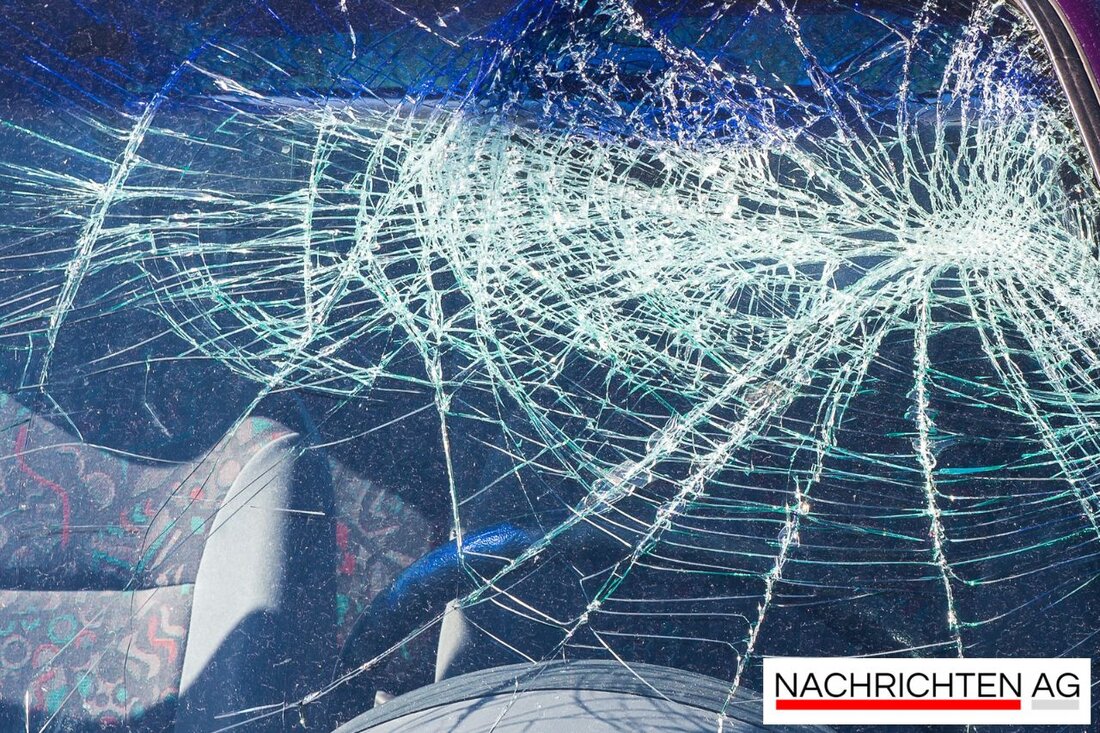Change in driver's license tests: from the GDR to today's reality!

Change in driver's license tests: from the GDR to today's reality!
The driver's license test - a challenge that many had to experience. This is also shown by a current report by the Uckermark Kurier, which has triggered numerous reactions on experience reports on the driving license tests in the GDR and today. Jens Schaaf from Lower Saxony suggests strengthening the practical relevance in driving school training. This could help to reduce the high number of "theory diarrhea". "Way away with the smartphones in the driving school car" - according to his clear announcement to help the young drivers participate more actively in the event.
Another important point is taken up by Dominik Rawe, who emphasizes the role of parents when learning for driving. Support for traffic training in particular can be crucial. Rawe nostalgically remembers the Learner with his mother in the night hours of 1979.
The challenges of the driving license test
Dieter Buddrus draws an interesting comparison between driving license acquisition in the GDR and today's conditions. He perceives this comparison as "absurd", especially because of the changed traffic volume. Buddrus tells of his daughter, who fell through on her 18th birthday during her first exam, even though she previously prevented a possible accident. Such stories illustrate the emotional ups and downs that are connected to the driving.
in the GDR, Buddrus was waiting for his car driver's license for a total of three years, although he had extensive experience as a passenger. He clearly describes how he needed 26 driving hours for the truck driver's license and what challenges driving with long hangers in the city brought with him. His experiences with the motorcycling school, on the other hand, were easier because he was sitting at the back most of the time. An unforgettable moment for him was the return of a rental car to St. Lucia, undamaged and full of memories.
past and presence of driving school training
The driving school education was a completely different chapter in the GDR. There it took an average of around 10 years from ordering to the delivery of a car, mainly the Trabi or Wartburg. The possession of a Russian lada was even considered privileged, which further worsened the situation. The demand far exceeds the supply and innovative solutions such as the use of a former showman residential car as a driving school simulator were developed. Millions of GDR citizens acquired their driver's license between 1966 and the turnaround, often against the background of significantly longer waiting times and a limited vehicle selection.
Today there is a rapidly growing inventory of driving license in Germany. At the beginning of 2024, around 22.5 million driver's licenses were already in circulation, an increase of almost one million compared to the previous year. Nevertheless, the diarrhea rate for the theoretical exams remains high with almost 42 %. Differences from federal states can be clearly seen: in Berlin the quota is almost 50 %, while Hamburg is the lowest at around 34.6 %.
The rules in driving license law are clear: After passing the driving test, the driver's license is received on a trial basis, combined with a two or four year trial period, depending on the violations. It is striking that men violate traffic rules more often than women and speed overruns represent the most common administrative offense.
In view of this situation, the article of the Uckermark Kurier invites readers to share their own experiences and to present documents or photos from the time of their driving license. This makes it clear that the driver's license test remains an emotional topic that connects through the years and the various causes.| Details | |
|---|---|
| Ort | Uckermark, Deutschland |
| Quellen | |
